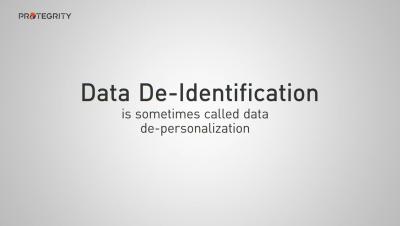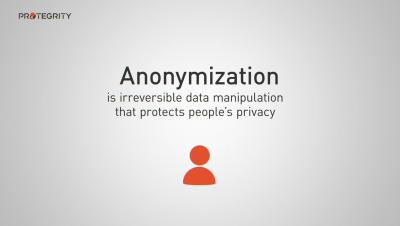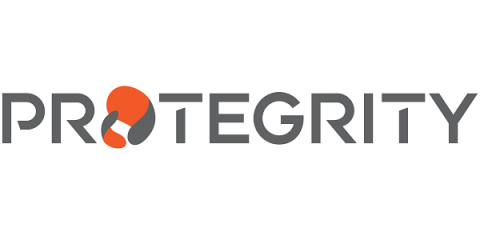Security | Threat Detection | Cyberattacks | DevSecOps | Compliance
Protegrity
Data De-Identification: The Foundation of Data Protection
Anonymization: Safeguarding Sensitive Information - Permanently
Tokenization: Replacing Data Values One Token at a Time
Looking to 2024: Data, AI and security will be top priorities for businesses
Unlocking the Power of Enterprise Data Security
By the year 2025, an estimated 463 exabytes will be created daily. For reference, one exabyte is 8,000,000,000,000,000,000 bits. That’s a lot of data. And even though cyber-attacks will increase as the attack surface expands, with cybercrime costing the world $10.5 trillion annually by 2025, data will remain the most valuable resource for today’s global enterprise.
Unlocking Compliance: Quebec's Law 25 and Data Privacy
In today’s data-driven world, privacy and data protection are paramount. One of the most significant developments in data privacy is Quebec’s Law 25, also known as Bill 64, which was officially adopted on September 22, 2021. This landmark legislation represents a significant step in modernizing Canada’s privacy landscape and introduces several key provisions that businesses must be prepared to address.
Law 25 (Quebec's Bill 64) FAQs on Data Privacy
Quebec’s Law 25, also known as Bill 64, is a comprehensive data privacy law that introduces stringent requirements for organizations handling personal information. Non-compliance can have, and likely will have severe consequences for businesses, resulting in costly fines and reputation loss, which impact businesses greatly. Protegrity’s pseudonymization solutions can help organizations simplify Law 25 compliance and avoid fines.
Collaboration: The Key Ingredient to Successful Security Compliance
In the fast-paced world of software development, the clash between developers and security experts could greatly benefit from some much-needed balance. On one side, developers strive for success based on metrics like delivery time, deployment frequency, and number of features. On the other side, security professionals are measured on vulnerability and compliance metrics.
To the Left, To the Left
Shifting left, reminiscent of Beyoncė’s famous song, Irreplaceable, is not just a passing trend but a fundamental shift in how we approach software development and security. Historically, security has often been an afterthought — a box to check once the software’s built. However, this reactive approach has proven inadequate in today’s cybersecurity landscape.







